after Jean Dubuffet - Man - Pochoir 1956 Dimensions: 32 x 25 cm Edition: G. di San Lazzaro. Jean Dubuffet (1901 - 1985) Jean Dubuffet was born on July 31, 1901, in Le Havre, France. He attended art classes in his youth and in 1918 moved to Paris to study at the Académie Julian, which he left after six months. During this time, Dubuffet met Raoul Dufy, Max Jacob, Fernand Léger, and Suzanne Valadon and became fascinated with Hans Prinzhorn's book on psychopathic art. He traveled to Italy in 1923 and South America in 1924. Then Dubuffet gave up painting for about ten years, working as an industrial draftsman and later in the family wine business. He committed himself to becoming an artist in 1942. Dubuffet's first solo exhibition was held at the Galerie René Drouin, Paris, in 1944; the Pierre Matisse Gallery gave him his first solo show in New York in 1947. During the 1940s, the artist associated with André Breton, Georges Limbour, Jean Paulhan, and Charles Ratton, and his style and subject matter owed a debt to Paul Klee. From 1945, he collected Art Brut, spontaneous, direct works by untutored individuals, such as the mentally ill and children. He additionally founded the organization Compagnie de l'Art Brut (1948–51) together with writers, critics, and dealers from Dada and Surrealist circles. For the first public Art Brut exhibition at Galerie René Drouin in 1949, Dubuffet published a manifesto in which he proclaimed the style's superiority over officially recognized art. From 1951 to 1952, Dubuffet lived in New York. He then returned to Paris, where a retrospective of his work took place at the Cercle Volney in 1954. His first museum retrospective occurred in 1957 at the Schlo Morsbroich (now Museum Morsbroich), Leverkusen, West Germany. Dubuffet exhibitions were subsequently held at the Musée des arts décoratifs, Paris (1960–61); Museum of Modern Art, New York, and Art Institute of Chicago (1962); Palazzo Grassi, Venice (1964); Tate Gallery, London, and Stedelijk Museum, Amsterdam (1966); and Guggenheim Museum (1966–67). A collection of Dubuffet's writings, Prospectus et tous écrits suivants (Prospectus and all subsequent texts), was published in 1967, the same year he started his architectural structures. Soon thereafter, he began numerous commissions for monumental outdoor sculptures. In 1971, he produced his first theater props, the ''practicables.'' A Dubuffet retrospective was presented at the Akademie der Künste, Berlin; Museum moderner Kunst, Vienna; and Joseph-Haubrichkunsthalle, Cologne (1980–81). In 1981, the Guggenheim Museum observed the artist's 80th birthday with an exhibition. He was also the subject of a major retrospective at the Centre Georges Pompidou (2001). Dubuffet died on May 12, 1985, in Paris.
dopo Jean Dubuffet - Uomo - Pochoir 1956 Dimensioni: 32 x 25 cm Edizione: G. di San Lazzaro. Jean Dubuffet (1901 - 1985) Jean Dubuffet nasce il 31 luglio 1901 a Le Havre, in Francia. Ha frequentato corsi d'arte in gioventù e nel 1918 si è trasferito a Parigi per studiare all'Académie Julian, che ha lasciato dopo sei mesi. Durante questo periodo, Dubuffet incontra Raoul Dufy, Max Jacob, Fernand Léger e Suzanne Valadon e rimane affascinato dal libro di Hans Prinzhorn sull'arte psicopatica. Viaggiò in Italia nel 1923 e in Sud America nel 1924. Poi Dubuffet abbandonò la pittura per circa dieci anni, lavorando come disegnatore industriale e poi nell'azienda vinicola di famiglia. Si impegnò a diventare un artista nel 1942. La prima mostra personale di Dubuffet si tenne alla Galerie René Drouin, Parigi, nel 1944; la Galleria Pierre Matisse gli diede la sua prima personale a New York nel 1947. Durante gli anni 40, l'artista si associa con André Breton, Georges Limbour, Jean Paulhan e Charles Ratton, e il suo stile e il suo soggetto hanno un debito con Paul Klee. A partire dal 1945, colleziona l'Art Brut, opere spontanee e dirette di persone non istruite, come i malati di mente e i bambini. Inoltre fondò l'organizzazione Compagnie de l'Art Brut (1948-51) insieme a scrittori, critici e commercianti dei circoli dadaisti e surrealisti. Per la prima mostra pubblica dell'Art Brut alla Galerie René Drouin nel 1949, Dubuffet pubblicò un manifesto in cui proclamava la superiorità dello stile sull'arte ufficialmente riconosciuta. Dal 1951 al 1952, Dubuffet visse a New York. Poi tornò a Parigi, dove una retrospettiva del suo lavoro ebbe luogo al Cercle Volney nel 1954. La sua prima retrospettiva in un museo avvenne nel 1957 allo Schlo Morsbroich (ora Museum Morsbroich), Leverkusen, Germania Ovest. Le mostre di Dubuffet si tennero successivamente al Musée des arts décoratifs, Parigi (1960-61); Museum of Modern Art, New York, e Art Institute of Chicago (1962); Palazzo Grassi, Venezia (1964); Tate Gallery, Londra, e Stedelijk Museum, Amsterdam (1966); e Guggenheim Museum (1966-67). Una raccolta di scritti di Dubuffet, Prospectus et tous écrits suivants (Prospetto e tutti i testi successivi), fu pubblicata nel 1967, lo stesso anno in cui iniziò le sue strutture architettoniche. Poco dopo, inizia a ricevere numerose commissioni per sculture monumentali all'aperto. Nel 1971 produce i suoi primi oggetti di scena per il teatro, i ''practicables'' Una retrospettiva di Dubuffet fu presentata all'Akademie der Künste di Berlino, al Museum moderner Kunst di Vienna e alla Joseph-Haubrichkunsthalle di Colonia (1980-81). Nel 1981, il Guggenheim Museum ha celebrato l'80° compleanno dell'artista con una mostra. È stato anche il soggetto di una grande retrospettiva al Centre Georges Pompidou (2001). Dubuffet morì il 12 maggio 1985 a Parigi.
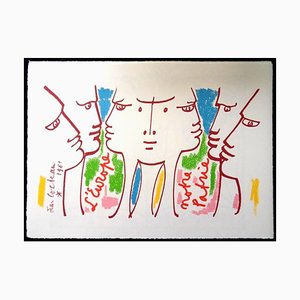
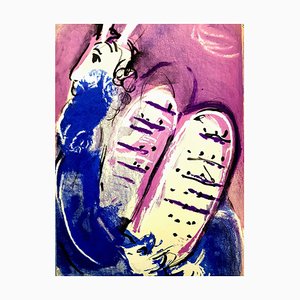
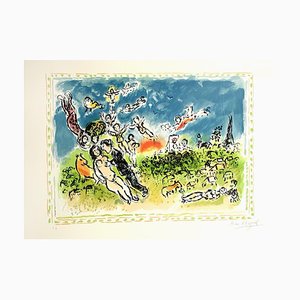
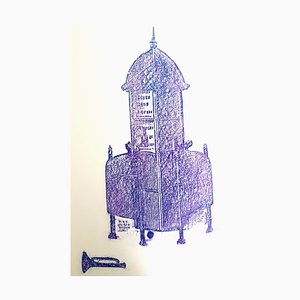
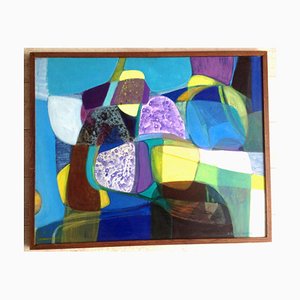
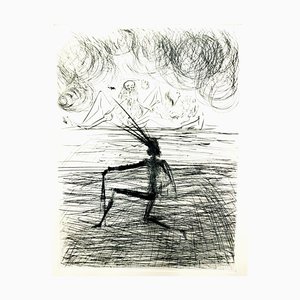
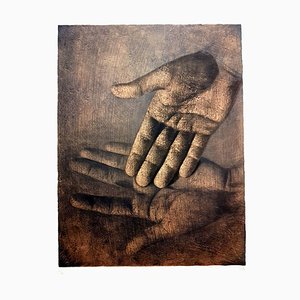
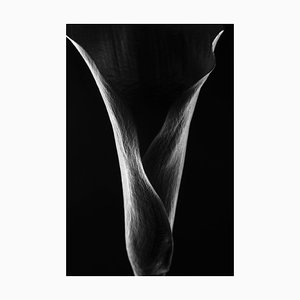
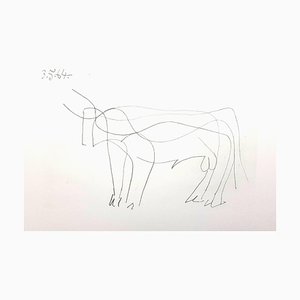
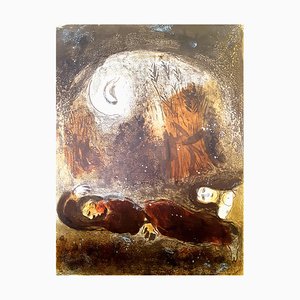

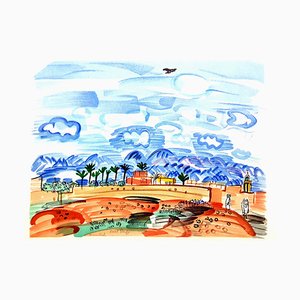


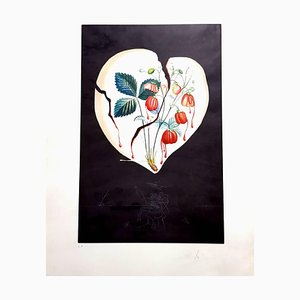
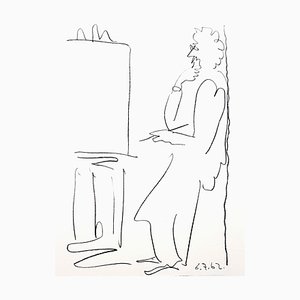
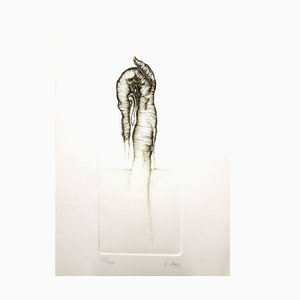
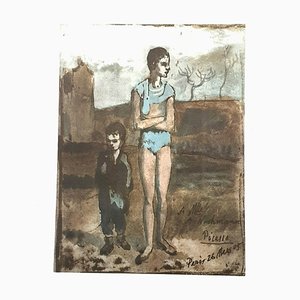

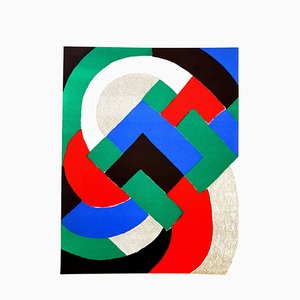
Contattaci
Fai un'offerta
Abbiamo notato che sei nuovo su Pamono!
Accetta i Termini e condizioni e l'Informativa sulla privacy
Contattaci
Fai un'offerta
Ci siamo quasi!
Per seguire la conversazione sulla piattaforma, si prega di completare la registrazione. Per procedere con la tua offerta sulla piattaforma, ti preghiamo di completare la registrazione.Successo
Grazie per la vostra richiesta, qualcuno del nostro team vi contatterà a breve.
Se sei un professionista del design, fai domanda qui per i vantaggi del Programma Commerciale di Pamono